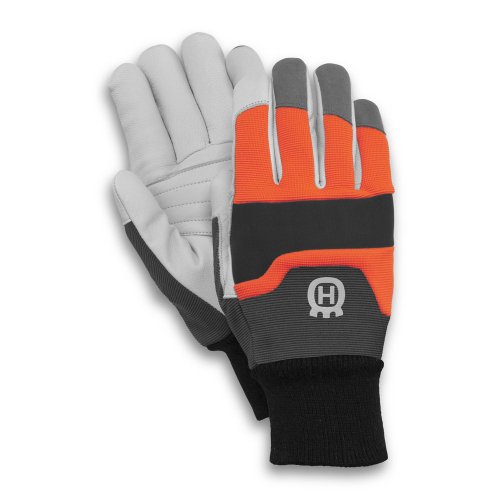The Burning Rom
ArboristSite Operative
Here's the deal. I found an old 1-51 in a pile of junk at a relative's house. It's obvious that it was sitting out there in the elements for quite a few years, as the chain was one solid mass of rust. Anyway, I brought it home and tore it down. The saw is completely intact (the hard nose bar cleaned up nicely after I got the chain off), though it does need a few things. I found that the recoil is seized (I have since worked it loose), which is probably why it was sitting in the junk pile in the first place. It needs a new chain (obviously), new air filter (haven't found one yet), and a new clutch, which I've already located. I'm sure it could also use a carb kit. But before I stick any money into parts, I want to make sure the piston and cylinder look good. I know it has compression, and I took a peek through the spark plug hole, but I want a better look. Problem is, how do I replace the head gasket once I remove the head? I know McCulloch made a boat load of these 80cc monsters (all the way up through the 250 model), but I haven't been able to locate many parts...most notably gaskets. I split the gas tank, to clean out all the crud that was left after all the fuel evaporated, and it's easy to make a gasket for that. A head gasket is trickier though. I was wondering what you guys do as far as replacing head gaskets for a saw that doesn't have readily available parts??? I'm not going to use the saw for much if I can get it running again. It's just fun to restore something like this...and give it a better existance than it rusting away in a pile of steel. That, and it would come in handy for the times when I'm cutting something that's a bit much for my 011 :greenchainsaw:
Anyway, any info or tips on this matter are much appreciated!
Anyway, any info or tips on this matter are much appreciated!























































